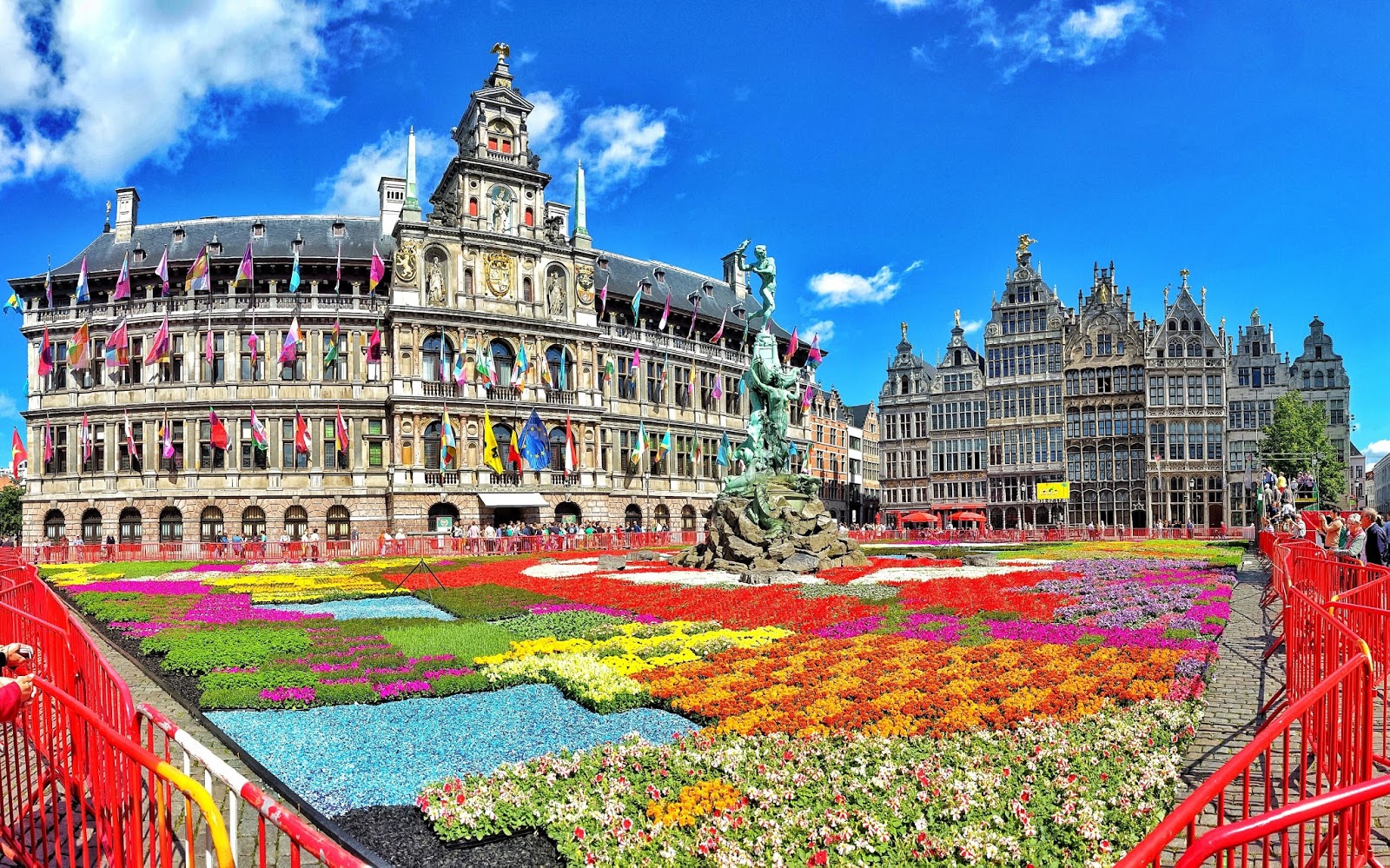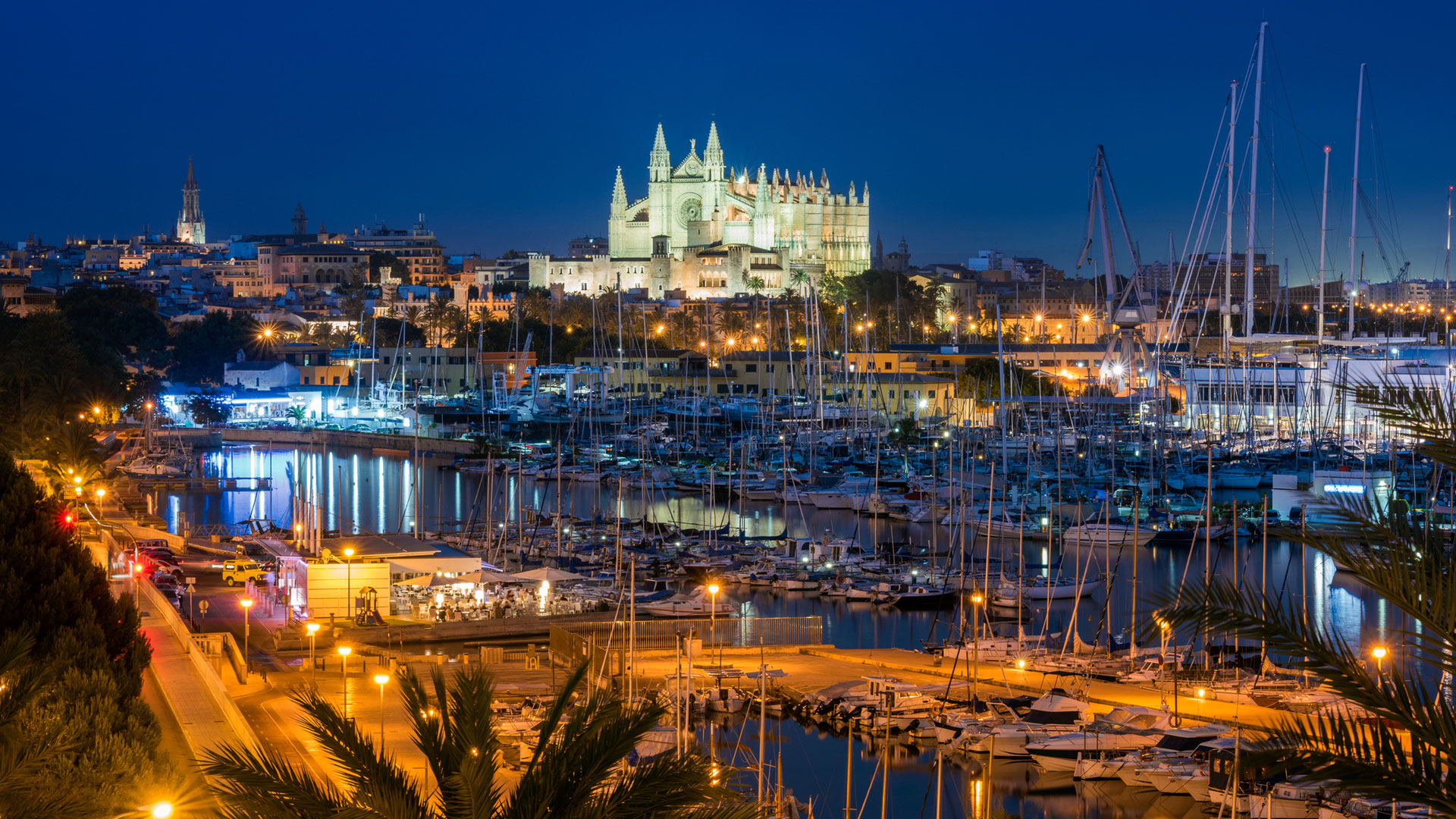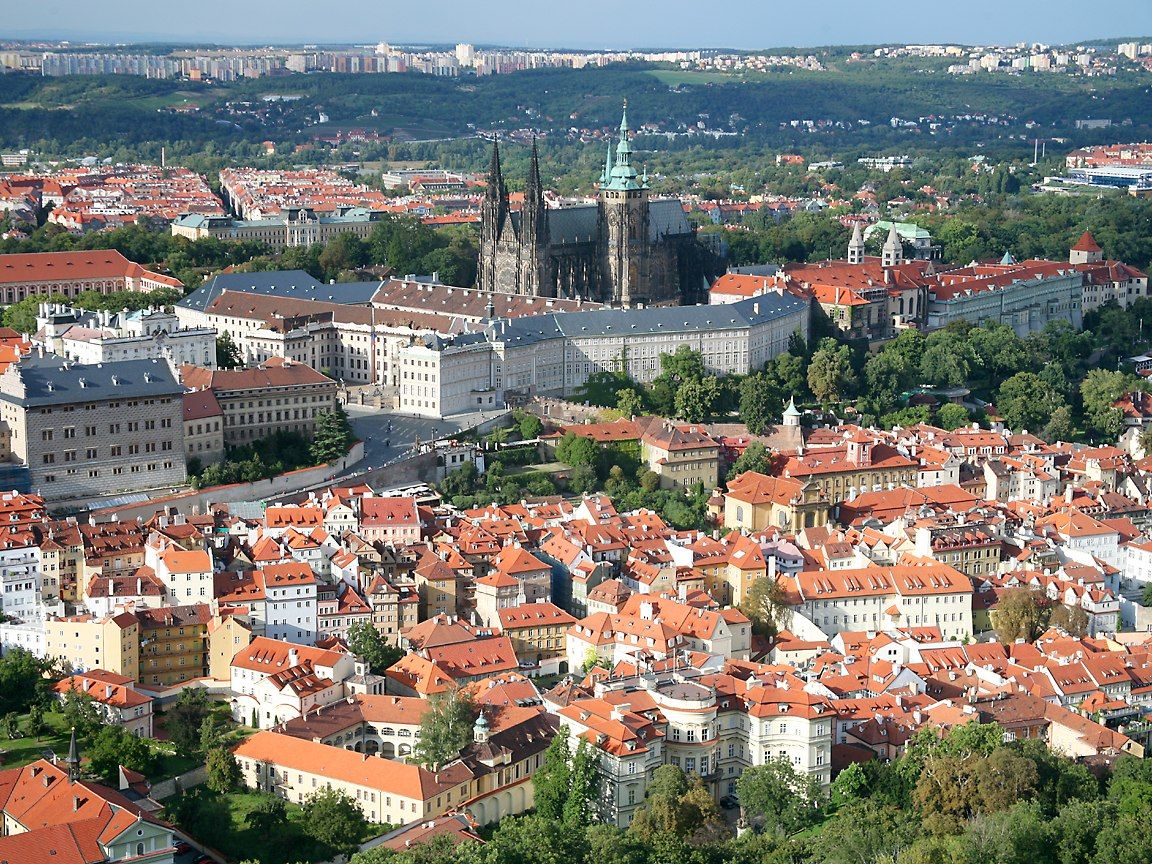
Channels
 International cities
International cities


アントウェルペン(オランダ語: Antwerpen [ˈɑntʋɛrpə(n)] (![]() 音声ファイル), フランス語: Anvers [ɑ̃vɛʁ(s)], 英語: Antwerp [ˈæntwɜrp])は、ベルギーのフランデレン地域・アントウェルペン州の州都で、同国最大の都市(首都圏地域の人口を合わせればブリュッセル市が最大)。英語名に由来するアントワープや、フランス語名に由来するアンヴェルス(アンベルス)[1]も日本語の表記においてよく用いられる。2012年1月1日の総人口は502,604人。面積は204.51 km2, 人口密度は2,457.56人/km2である。
音声ファイル), フランス語: Anvers [ɑ̃vɛʁ(s)], 英語: Antwerp [ˈæntwɜrp])は、ベルギーのフランデレン地域・アントウェルペン州の州都で、同国最大の都市(首都圏地域の人口を合わせればブリュッセル市が最大)。英語名に由来するアントワープや、フランス語名に由来するアンヴェルス(アンベルス)[1]も日本語の表記においてよく用いられる。2012年1月1日の総人口は502,604人。面積は204.51 km2, 人口密度は2,457.56人/km2である。

Palma de Mallorca5 (oficialmente, Palma)678 es una ciudad y municipio español, capital de la isla de Mallorca y de la comunidad autónoma de las Islas Baleares. Es además sede del partido judicial número tres de la provincia y de la diócesis de Mallorca. Está ubicada en la parte occidental del mar Mediterráneo y, dentro de la isla, hacia el suroeste. Se encuentra a unos 250 km al este de la península ibérica.
Su término municipal ocupa una extensión de 208,63 km² que se extienden entre la sierra de Na Burguesa y el Prado de Sant Jordi. Se sitúa en el centro de la bahía de Palma, a unos 13 metros de altura sobre el nivel del mar. La atraviesan varios torrentes, como el la Riera y el de Gros.
Con 416 065 habitantes en enero de 2019, Palma es la octava mayor ciudad de España por población y la primera de las Islas Baleares.9 Su área metropolitana engloba nueve localidades con 560 240 habitantes, repartidos en una superficie de 1015,88 km², siendo la 14.ª de España.10
Fue fundada con el nombre de Palma por el cónsul romano Quinto Cecilio Metelo Baleárico en el año 123 a. C. Se estima que su asentamiento actual corresponde con las ruinas romanas que se encuentran bajo su casco histórico, aunque aún no existen pruebas irrefutables.1112 Después de estar en manos de los vándalos y los árabes en 903, fue conquistada por el rey Jaime I de Aragón el 31 de diciembre de 1229,13 convirtiéndose en la Ciutat de Mallorca, capital de su propio reino, que decayó tras su incorporación a la Corona de Aragón en 1279.
En 1715 entraron en vigor los Decretos de Nueva Planta, recuperando la ciudad su topónimo romano, Palma. Poco después, ya en el siglo xx, fue protagonista de la explosión de un intenso auge turístico que la usó como destino vacacional durante las décadas de 1960 y 1970. En la actualidad constituye un notable centro económico y cultural a nivel insular y autonómico.

Prague (/prɑːɡ/; Czech: Praha [ˈpraɦa] ( listen), German: Prag) is the capital and largest city in the Czech Republic, the 14th largest city in the European Union[9] and the historical capital of Bohemia. Situated in the north-west of the country on the Vltava river, the city is home to about 1.3 million people, while its larger urban zone is estimated to have a population of 2.6 million.[10] The city has a temperate climate, with warm summers and chilly winters.
listen), German: Prag) is the capital and largest city in the Czech Republic, the 14th largest city in the European Union[9] and the historical capital of Bohemia. Situated in the north-west of the country on the Vltava river, the city is home to about 1.3 million people, while its larger urban zone is estimated to have a population of 2.6 million.[10] The city has a temperate climate, with warm summers and chilly winters.
Prague has been a political, cultural and economic centre of central Europe complete with a rich history. Founded during the Romanesque and flourishing by the Gothic, Renaissance and Baroque eras, Prague was the capital of the kingdom of Bohemia and the main residence of several Holy Roman Emperors, most notably of Charles IV (r. 1346–1378).[11] It was an important city to the Habsburg Monarchy and its Austro-Hungarian Empire. The city played major roles in the Bohemian and Protestant Reformation, the Thirty Years' War and in 20th-century history as the capital of Czechoslovakia, during both World Wars and the post-war Communist era.[12]
Prague is home to a number of famous cultural attractions, many of which survived the violence and destruction of 20th-century Europe. Main attractions include the Prague Castle, the Charles Bridge, Old Town Square with the Prague astronomical clock, the Jewish Quarter, Petřín hill and Vyšehrad. Since 1992, the extensive historic centre of Prague has been included in the UNESCO list of World Heritage Sites.

London (deutsche Aussprache [ˈlÉ”ndÉ”n], englische Aussprache [ˈlÊŒndÉ™n]) ist die Hauptstadt des Vereinigten Königreichs und des Landesteils England. Die Stadt liegt an der Themse in Südostengland auf der Insel Großbritannien. Das heutige Verwaltungsgebiet mit den insgesamt 33 Stadtbezirken entstand 1965 mit der Gründung von Greater London. Dort lebten 2016 rund 8,8 Millionen Menschen, davon rund 3,3 Millionen in den 13 Stadtbezirken von Inner London.[2] London ist damit die bevölkerungsreichste Stadt der Europäischen Union sowie mit rund 14 Millionen Menschen in der London Metropolitan Area noch vor Paris (12,1 Millionen Einwohner) die größte Metropolregion der EU.[3]
Im Jahre 50 n. Chr. von den Römern als Siedlung „Londinium“ gegründet, wurde die Stadt nach der normannischen Eroberung 1066 zur Hauptstadt des Königreichs England und in Folge Sitz des britischen Königshauses. Bereits im Mittelalter wurde London zu einem bedeutenden Handelsplatz in Europa. Unter der Herrschaft von Elisabeth I. im 16. Jahrhundert stieg ihre Bedeutung als Hafenstadt der Nordsee. Durch den Beginn der Industrialisierung im 18. Jahrhundert wuchs auch die Bevölkerung Londons, sodass die Stadt um 1800 als eine der ersten die Grenze von einer Million Einwohnern überstieg. Bis 1900 versechsfachte sich die Bevölkerung und London wurde im 19. Jahrhundert nicht nur zur Hauptstadt des Britischen Weltreiches, sondern überdies zur größten Stadt der Welt, die sie bis 1925 blieb. Sie entwickelte sich zu einer bedeutenden Stadt der Technik und Industrie sowie der Politik, womit sie bis heute zu den Weltstädten zählt.
London ist gegenwärtig eines der bedeutendsten Kultur- und Handelszentren der Welt mit zahlreichen Universitäten, Hochschulen, Theatern und Museen. Die Stadt zählt außerdem neben New York, Singapur und Hong Kong zu den größten Finanzplätzen der Welt.[4] Historische Gebäude wie der Palace of Westminster oder Tower of London zählen unter anderen zum UNESCO-Weltkulturerbe. Mit jährlich über 19 Millionen Touristen aus dem Ausland ist London 2016 nach Bangkok die meistbesuchte Stadt weltweit und hat somit mehr Besucher als Paris.[5]
